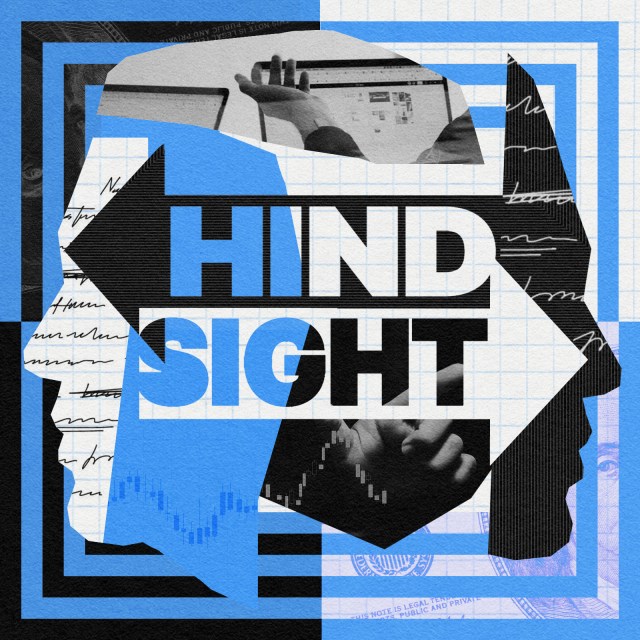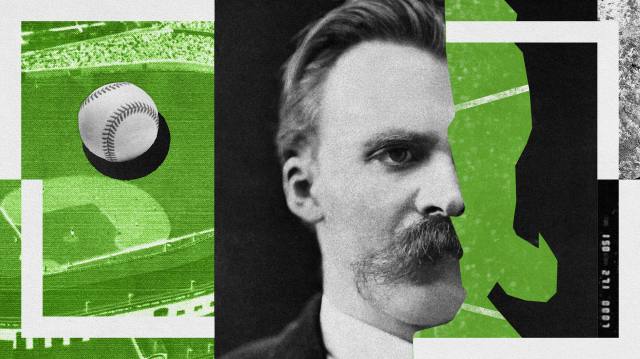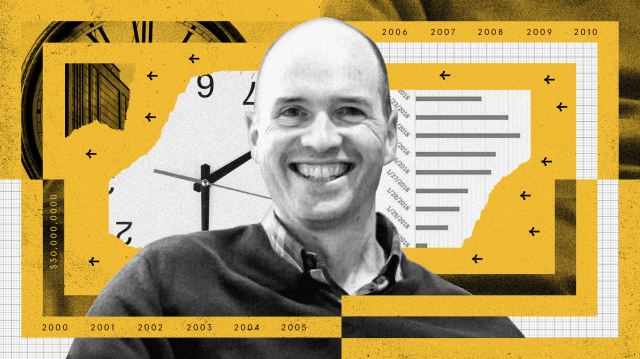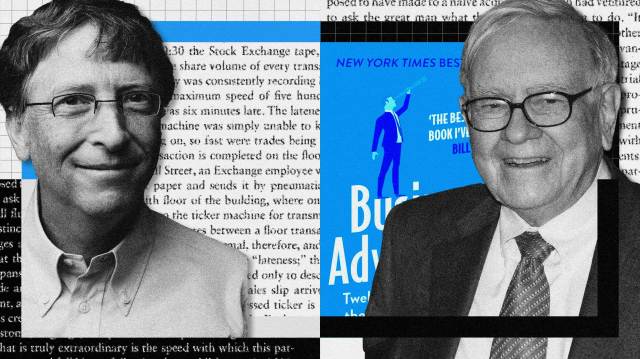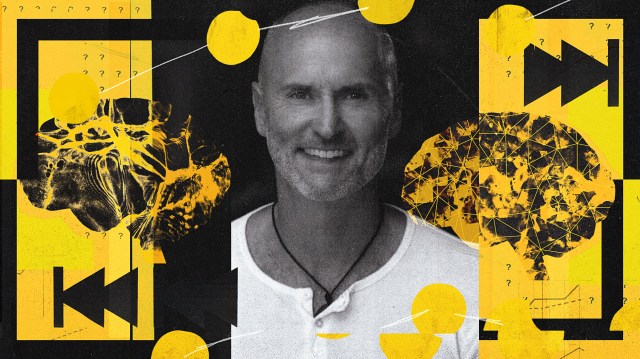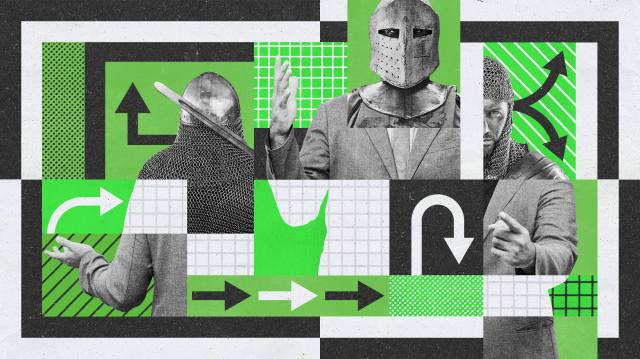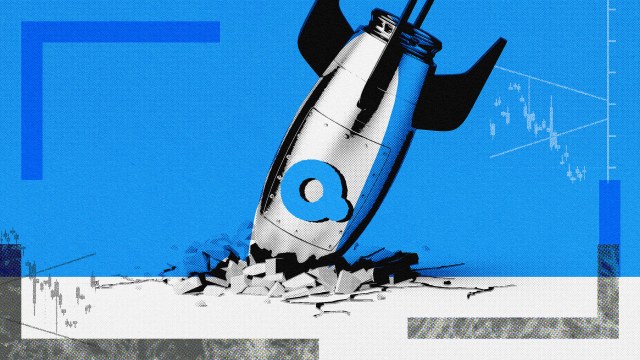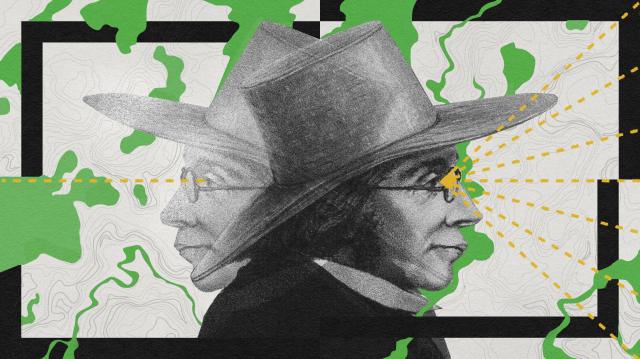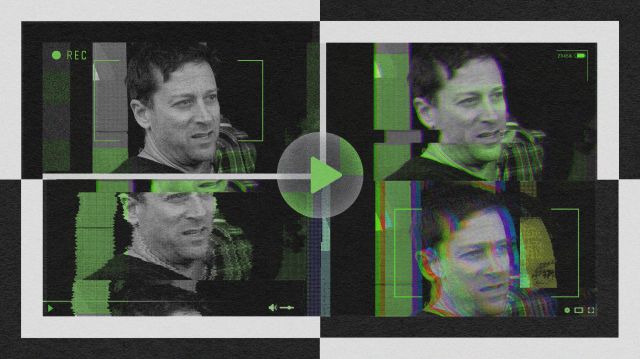Ask “hindsight questions” to truly learn from past experiences

- More important than the backward-looking questions we pursue is the way we ask them.
- “Hindsight questioning” is only worth doing with a positive, productive, and forward-looking frame of mind.
- For leaders, hindsight questions can be useful in helping to clarify a sense of purpose.
Ten years ago, I published a book about the power of questioning that focused on the connection between asking questions and coming up with innovative ideas.
The book was well-received, particularly among readers interested in business innovation (no small market). But somehow the book didn’t quite feel complete to me. It felt like I’d only scratched the surface of the power of questioning, which can impact so many areas of our lives beyond innovation.
I found myself wondering, Why didn’t the book address, for instance, whether better questioning could help someone improve their everyday thinking and decision-making? Also, could I have squeezed in a bit about how asking good questions can help strengthen personal relationships? And I already knew from my research that strong questioning skills can make someone a better leader, so why didn’t I give more attention to that in the book?
In hindsight, I realized my book could have been more comprehensive — and more relevant to a wider audience — by making a few additions. Hence, in the new 10th-anniversary edition of A More Beautiful Question (AMBQ), there are now fresh chapters addressing how better questioning can improve critical thinking, interpersonal relationships, and leadership skills.
It’s not the first time I’ve used hindsight to guide my path as an author. A book I produced several years before AMBQ, titled Glimmer, was a commercial flop when it came out. But after licking my wounds for about a year, I took a look back at that book and asked: What worked — and didn’t work? Is there anything to be salvaged from the wreckage? It gradually became clear to me that the best chapter in the book was one on the power of questioning. That chapter from an underperforming book became a starting point of my subsequent bestseller.
The lesson for me — one that applies to creators of all types, as well as to visionary leaders — is that there are seeds of potential growth and improvement embedded in our past experiences. We can find those promising seeds in our successes as well as in our failures. But we must be willing to take the time and effort to look back and ask questions.

Since I tend to categorize and label all different types of questions (it’s what a “questionologist” does), I’m going to call these backward-looking ones “hindsight questions.” I’ll share some common ones here, although you may find that particular situations call for your own, customized hindsight questions not found on my list.
But what’s more important than the specific questions is how you ask them — the attitude and mindset you bring to the task.
Hindsight questioning is only worth doing if you do it with a positive, productive, and forward-looking frame of mind. One of the pitfalls of engaging in hindsight is that you can become mired in regret: If only I’d done X or Y, instead of what I actually did at the time. Or, if I’d known then what I know now, what would I have done differently?
But there’s no point speculating about the past. It’s important to resolve, at the outset, that you’re going to ask hindsight questions designed to extract learning and insights that can be applied in the present or future.
What types of questions should you ask? Start with diagnostic ones. Looking at past actions or events, ask: What worked? What didn’t work?
To move to a deeper level of diagnostic inquiry, ask “why” questions, as in, Why did I choose that particular approach or strategy? Why did I feel confident, at the time, that I was doing the right thing? “Why” questions get a bad rap sometimes (a lot of executive coaches avoid them because they’re seen as judgmental), but they can help you clarify the reasons you did what you did — which were probably valid at the time. In hindsight, you may come to realize your decisions were sensible enough but simply fell prey to bad timing. On the other hand, you may figure out your reasoning was based on faulty assumptions — which is something you can learn from and watch out for when making future decisions.
“Why” questions get a bad rap sometimes (a lot of executive coaches avoid them because they’re seen as judgmental), but they can help you clarify the reasons you did what you did.
After using diagnostic questions to better understand past actions, use speculative ones to consider ways to apply what you’ve learned moving forward. What if I adapted my previous approach this or that way? How might I use the elements that worked and eliminate those that didn’t?
For leaders, hindsight questions can also be useful in clarifying a sense of purpose — both your purpose and that of the organization you’re leading. In terms of the organization, a great hindsight question is: What was our purpose at the outset? Most organizations begin with a clear sense of purpose (to solve a problem or meet an unmet need) that may become hazy over time. It can be worthwhile to revisit that original sense of purpose and examine it. This can enable you as the current leader to bring those origin stories to life and share them throughout the organization. Beyond just the organization’s starting point, inquire about highs and lows along the way: When have we, as an organization, been at our best? What have we stood for throughout our history?
Similar questions can be asked of oneself as a leader: When have I been at my best? The renowned psychologist Martin Seligman has said that it can be highly beneficial to think about specific times when you’ve performed at a particularly high level. Dig in with questions such as: What personal strengths did I display when I was at my best? Did I show creativity? Good judgment?
Hindsight questions can also help to clarify a leader’s core values. The former Campbell Soup Company chief executive Douglas Conant suggests that all leaders should inquire about their “code” — a set of principles and behaviors that guide you as a leader. You might start by asking, Who have been my formative influencers? Leadership values are instilled early, often from relatives or teachers, and it can be useful to revisit those lessons.
Conant says when you’re trying to identify or clarify leadership principles and behaviors, focus on past periods of growth and challenge. Among the hindsight questions to consider:
- What have I learned about working with other people? When have I been effective, and what caused that?
- When have I taken a principled stand? What have I gone out of my way to defend?
- When have I failed to effectively meet goals or lead others, and what did I seem to be doing wrong? When did I fail to take a stand and why?
In taking an overview of past experiences and lessons learned, ask yourself: What patterns or themes tend to resurface through the years? This can help identify enduring strengths and core values, as well as areas in need of improvement.
As a leader, it’s important not only to have a code but to live up to it. How do you know if you’re living up to your values and principles? Ask yourself. On a daily or weekly basis, or immediately after a significant event or action, inquire: Did I live up to my code? It can be difficult to meet high standards on an everyday basis, but if you come up short, view it as a learning opportunity: In what ways did my behavior fail to match my stated values? How would I do it differently? In assessing whether you’re living up to values, it can be helpful to get an outside view from someone who is given permission to be completely candid in assessing your performance.
In taking an overview of past experiences and lessons learned, ask yourself: What patterns or themes tend to resurface through the years?
In conveying your core values to others, actions speak loudest but words do matter. You can share your values and principles in manifesto form, but nothing is more powerful than a narrative. So ask yourself: What is my leadership story? Every strong leader should have a story that tells people where you came from, how you got here, and where you’re headed, with values embedded in the subtext. Use hindsight questioning about your own life and career to bring that story to the surface, so that it can be shared with others.
One final thought on hindsight questioning: It takes time to do it. Leaders tend to be present- and future-focused. There’s always a crisis of the moment to deal with and a full schedule lined up tomorrow. Dedicating time to reflecting on past experiences may seem like a luxury, but it’s more like a necessity.
According to research by the Boston Consulting Group, “Reflection leads to better insights into innovation, strategy and execution.” For leaders who spend much of their time putting out fires, it is critical, BCG maintains, to find time to stop responding and problem-solving in order to allow the mind to work in a different way — connecting thoughts, searching for meaning, trying to get at underlying issues. This type of reflective thinking enables a leader to “clarify the big picture.”
Dedicating time to reflecting on past experiences may seem like a luxury. But it’s more like a necessity.
It also prepares the leader to respond more effectively to the unexpected challenges that may arise, says Doug Conant. “Reflection is absolutely critical for a leader because it helps you to be well-anchored in your principles. When change comes, you don’t want to be responding on your heels.” Dedicating set times for reflection and hindsight questioning is a way of doing your hard thinking in advance — so that you can then “lead on demand.”
Conant notes that he developed an early morning ritual of reflecting on critical questions and past experiences while having coffee in his garden. “You can always engineer the time somehow, but you have to have discipline about protecting that time,” he says. Hindsight questioning can also be done immediately after experiences and interactions. As soon as the meeting is over, it’s a great time to ask: What worked, what didn’t, and what could I have done differently?
While it’s important to devote sufficient time to hindsight questioning, don’t let yourself get trapped in the past. Gayle Hardie, a co-founder of the Global Leadership Foundation, observes that hindsight is a place to visit regularly “but not to dwell in for too long.” Ask the questions that need asking — then bring those answers and insights back to the present, where they can be put to good use.
